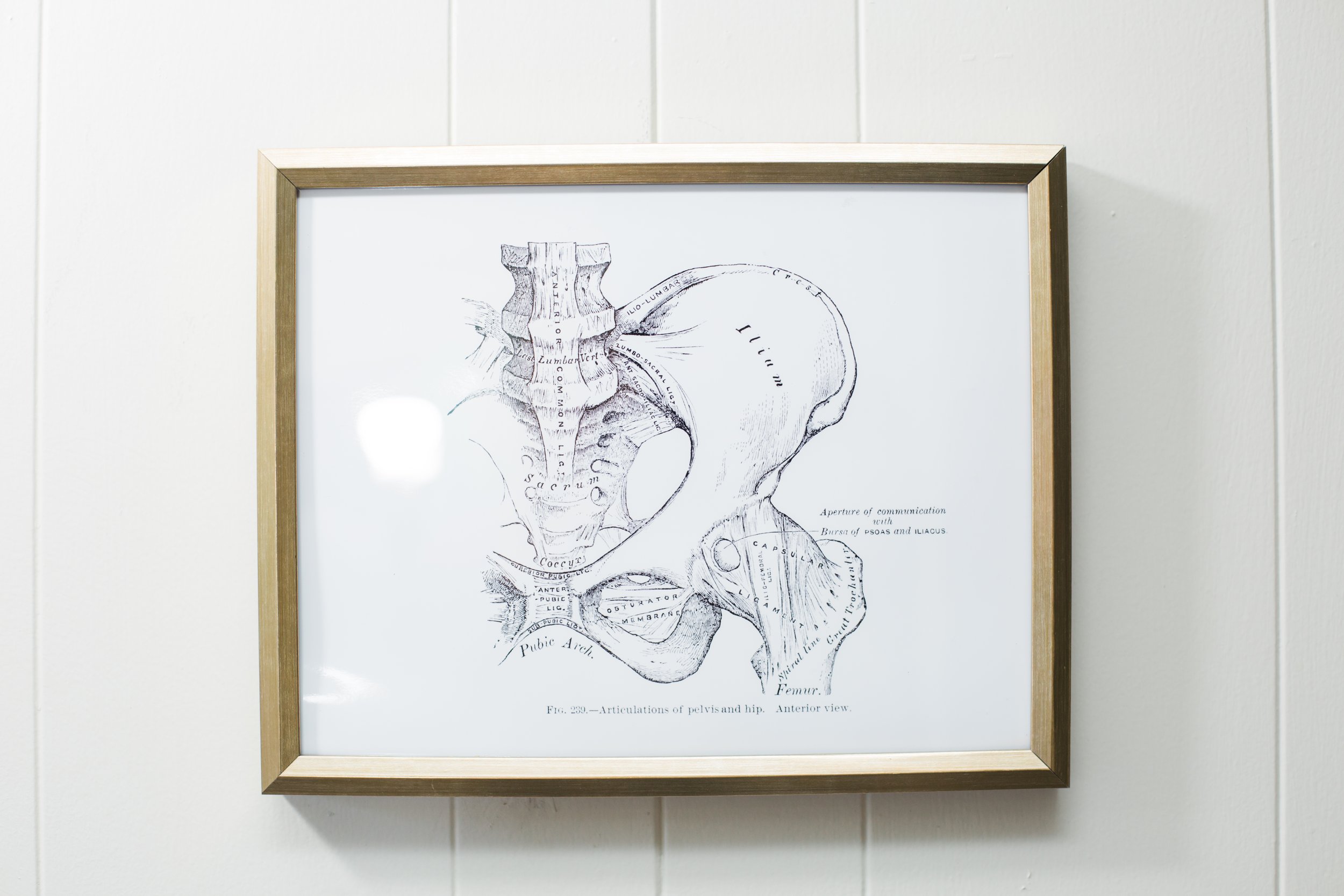
Body Aches, Pain & Injury
Whole-body care that goes beyond the pelvic floor.
While pelvic health is our specialty, every clinician on our team is also highly trained in orthopedic physical therapy. We help patients recover from everyday injuries, surgeries, and chronic pain with the same individualized, whole-body approach.
We Treat
Joint pain and stiffness (hip, knee, shoulder, spine)
Muscle strains and ligament sprains
Tendonitis and bursitis
Osteoarthritis and joint degeneration
Post-surgical rehabilitation (e.g., joint replacements, rotator cuff, ACL)
Sports injuries
Postural dysfunction and muscular imbalances
Causes
Repetitive use or overuse injuries
Age-related degeneration
Acute trauma or accidents
Poor movement mechanics or posture
Surgical recovery or prolonged immobility
Muscle weakness, tightness, or poor coordination
Inflammatory or chronic conditions (e.g., rheumatoid arthritis)
Our Approach
We look at the root cause of pain—not just the symptoms. Our therapists evaluate joint mobility, muscle strength, posture, and movement patterns to create a personalized treatment plan. Care may include:
Manual therapy to restore mobility and reduce pain
Neuromuscular retraining for coordination and stability
Progressive strengthening to support long-term recovery
Education and home exercise programs tailored to your lifestyle
Your First Visit
Comprehensive medical history and movement assessment
Hands-on evaluation of joints, muscles, and posture
Immediate treatment so you leave feeling relief
Customized home program to accelerate recovery
Noticeable improvement for most patients within a few sessions
Direct Access
No referral needed—California law gives you direct access to physical therapy. You can book with us anytime.
Insurance & Rates
We operate out-of-network to provide the highest quality care without restrictions.
PPO plans: Pay at the time of service; we’ll provide a superbill you can submit to your insurer for reimbursement (typically 30–90%).
HSA/FSA: Accepted.
HMO plans: These plans generally do not reimburse for out-of-network care, but many patients still choose to see us for the high-quality, specialized care we provide.
Rates: You can view our current rates anytime in the scheduling tool.














